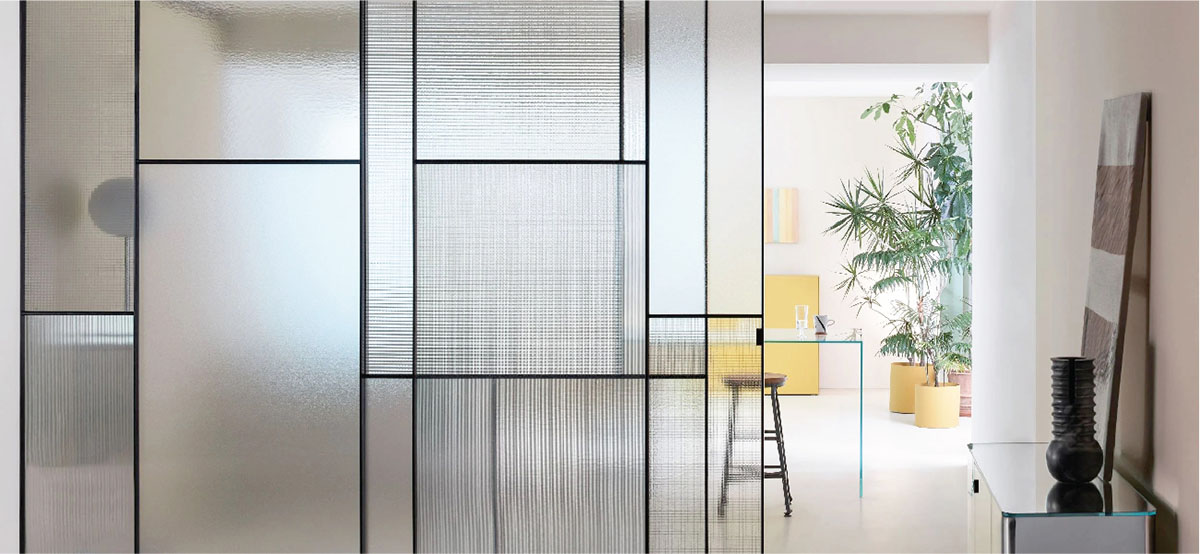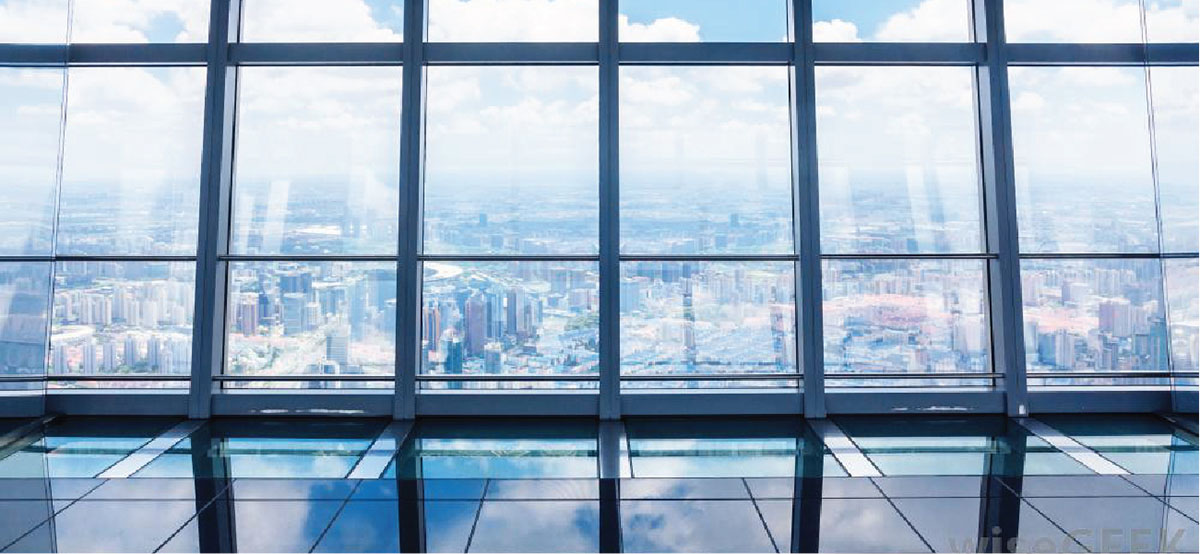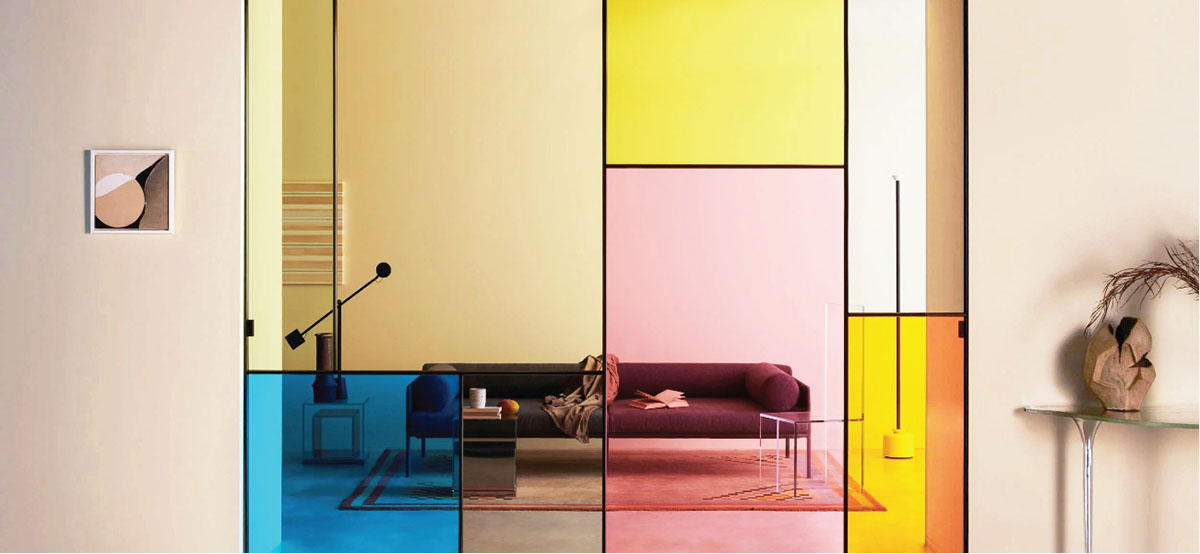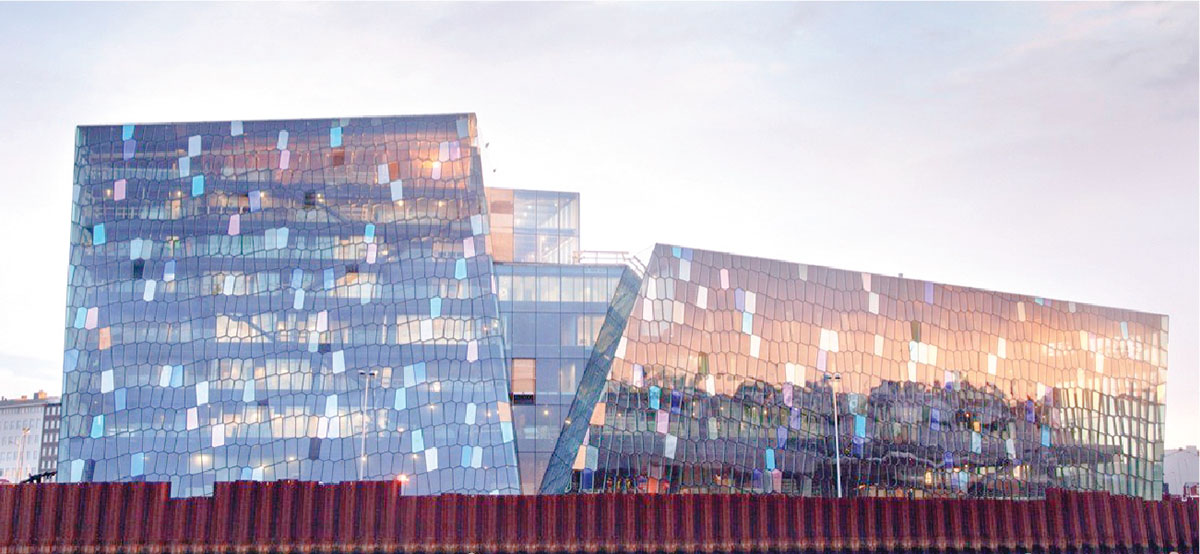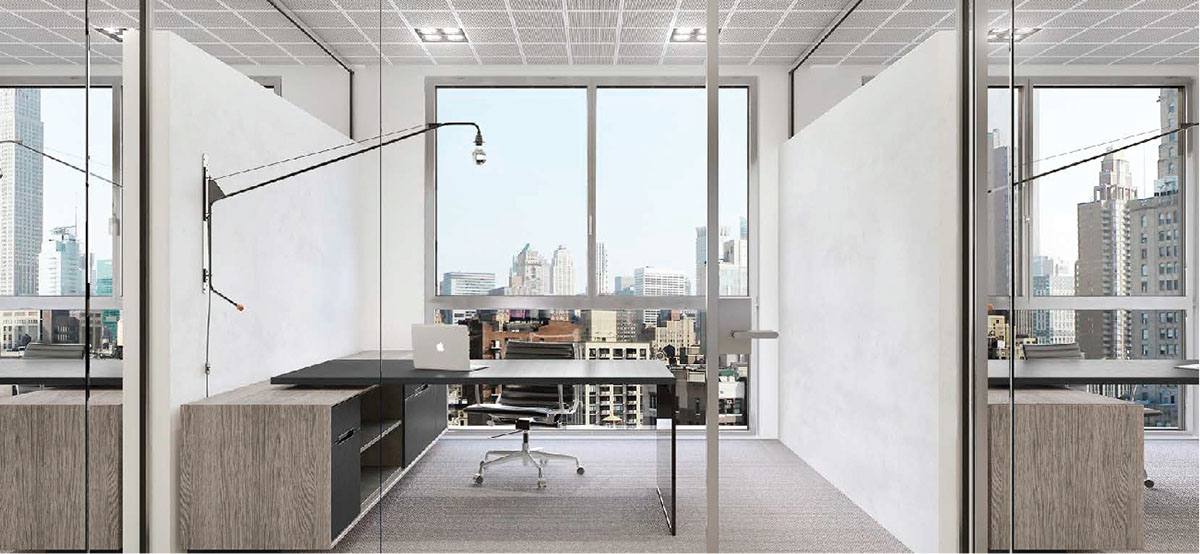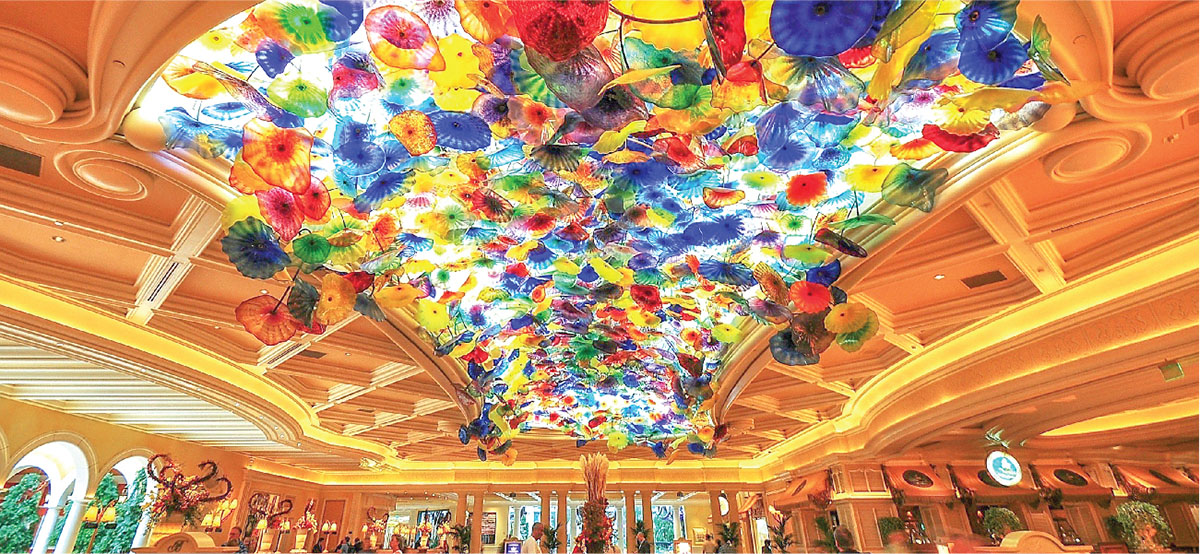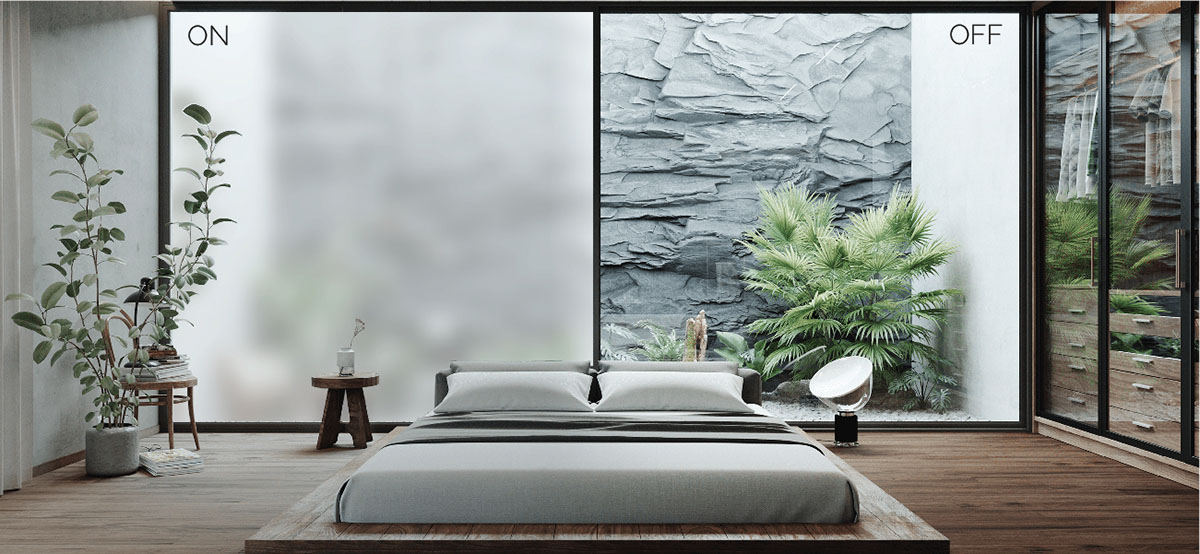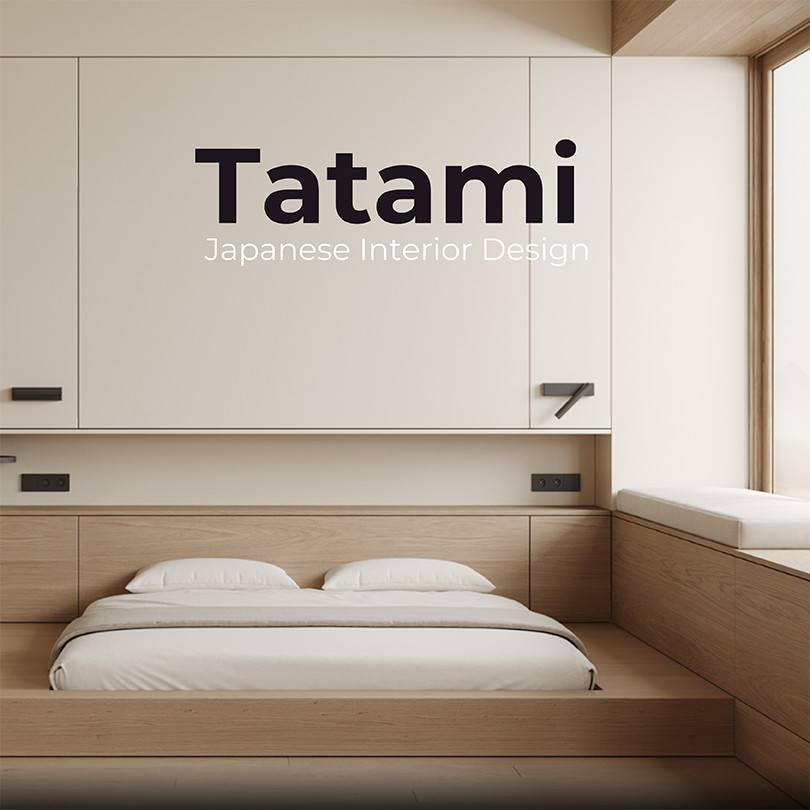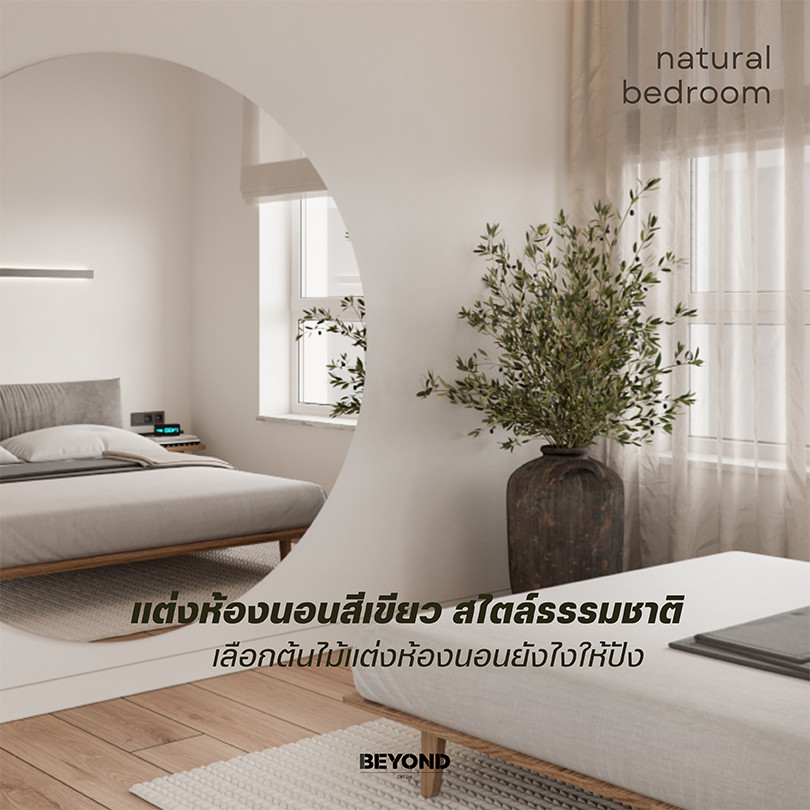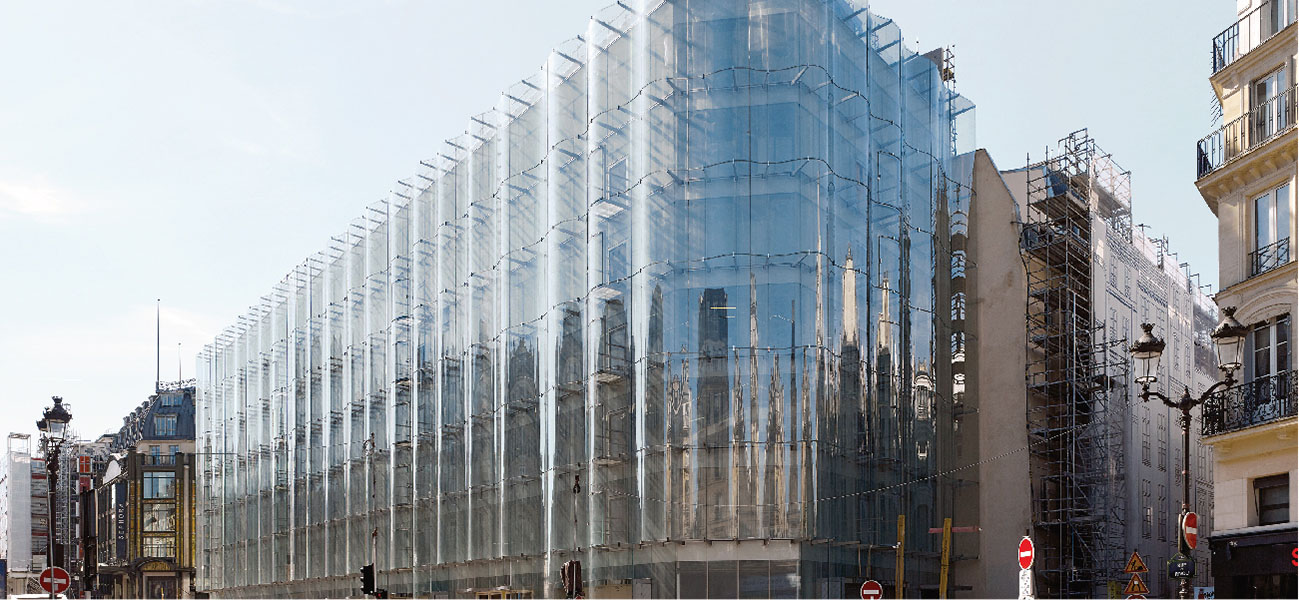
11 Types of Glass Used in Interior Design & Construction
Glass is an interior design element that will always hold value because it’s adaptable to any construction or interior design trend. With its versatility, ability to shape and or affect the transmission of light; glass has been an asset since its creation. Glass can be blown, shaped, treated, and cut to match any need.
We’re going to look at 11 types of glass used in interior design and construction. What type of glass will you use and how will it shape the light in your space? Let’s learn more!
Patterned or Textured Glass
You may have guessed it already, but patterned glass has a decorative design. These shapes can be colored or simply a plain texture on the surface of the glass. When put to practical use, you’ll often find this type of glass in areas that require privacy, but also needs light. This is because the texture of the glass prevents a clear view when looking through the glass. You’ll most often find patterned or textured glass in conference rooms, foyers, restaurants, and showers.
Spandrel Glass
Spandrel glass is usually used to disguise less aesthetically pleasing elements of a structure, such as shear walls, beams, and columns. The glass comes in a wide variety of colors and is versatile. It’s opaque and reflective so it’s easy to compliment other interior characteristics. Spandrel glass get its name from its ability to cover the curvature joining two spandrel columns. In homes spandrel glass is often used to cover kitchen walls and cabinets as a substitute for tile.
Tinted Glass
Tinted glass is created by adding metal oxides to float glass. Typically you’ll find tinted glass in bronze, grays, green, and blue. But you can also find more adventurous flavors like red, pink, and purple. When using tinted glass, remember that the tinting prevents heat transmission. Also bear in mind that light transmission is decreased in tinted glass.
Reflective Glass
Reflective glass is your regular clear glass but with a metallic coating that reflects heat. Eco-friendly buildings use this glass to reduce energy consumption. The glass prevents heat loss from the interior of the building and heat gain from the exterior. The finish can be metallic or tinted. A secondary benefit of this glass is that the reduced glare provides comfortable working environments. Usually you’ll see this glass on building facades because people standing on the outside have their view blocked by the metallic finish.
Satin or Privacy Glass
Just as the name suggests, satin glass has a satin finish. It’s a decorative glass that’s often used for partitions in retail spaces or hotels to provide an element of privacy because the view is blurred. It’s also commonly used in doors because of this property. This glass is popular because it’s low maintenance. Dust doesn’t stick to its surface nor do finger marks show like they do on stained glass.
Security Glass
This glass is either laminated or toughened. Laminated glass is engineered in a way that the pieces are held together in the event of a break, such as a natural disaster. Think of this glass when considering glass coffee table tops our counter top glass. This glass is also used in sensitive areas such as jewelry shops. It can be strengthened to the degree of withstanding a bullet. Due to its strength, architects have used this glass to create glass staircases. Toughened glass is also a popular choice for surfaces because it prevents cuts and injuries due to broken glass.
Clear Glass
This is the “every day” glass that you see in interior spaces. Its edges have a blue or green color due iron oxide presence. Not as strong a s laminated glass, clear glass allows about 80-90% of visible light through. You can find this glass in almost any interior space. It’s used from creating doorknobs to chandeliers. It can also be molded into glass vessels or wash basins.
Acoustic Glass
As you can probably guess, this glass has properties that make it suitable for high noise areas. This glass is found in office spaces, conference rooms, music studios, libraries, hospitals, retail spaces. And homes. Acoustic glass is double glazed with an inner layer that dampens sound.
Energy Efficient Glass
Windows are responsible for up to 25% of the heat exchange between the interior and exterior of a home. Choosing the right glass can prevent heat from escaping in the winter and heat from entering interior spaces. It can also reduce your electricity bill as much as 20%. You’ll find many retail shops use energy efficient glass on their façade because the façade is directly exposed to the sun. With energy efficient glass you’ll reduce your heating and cooling costs and your carbon footprint.
Blown Glass
If you’ve seen the Bellagio Hotel’s blown glass ceiling, you may have found yourself memorized by its appearance. Blown glass creates infinite combinations of shapes that can be used for both indoor and outdoor spaces. You’ll find blown glass is used to create intricate vessels, vases, and sculptures that decorate homes and offices.
Smart Glass
Clearly the most recently developed glass in this list. Smart glass is most typically found in corporate offices or hotels. Places where the use of the smart glass can impress but also serve a practical purpose of easily adjusting to changing conditions. With smart glass you can do things like change the shade of the glass to limit or increase light transmission or quickly turn on privacy glass to change the glass from clear to opaque. Or if you want to live in a “sci-fi” future, you can program the glass to display messages.
Glass can be used for not only practical purposes but also a way of individualizing a space and making it all your own. We often use glass in our interior design concepts to create a particular mood for a room and to also create the feeling of larger spaces. Talk to our interior designers today about your interior design project goals and requirements.


